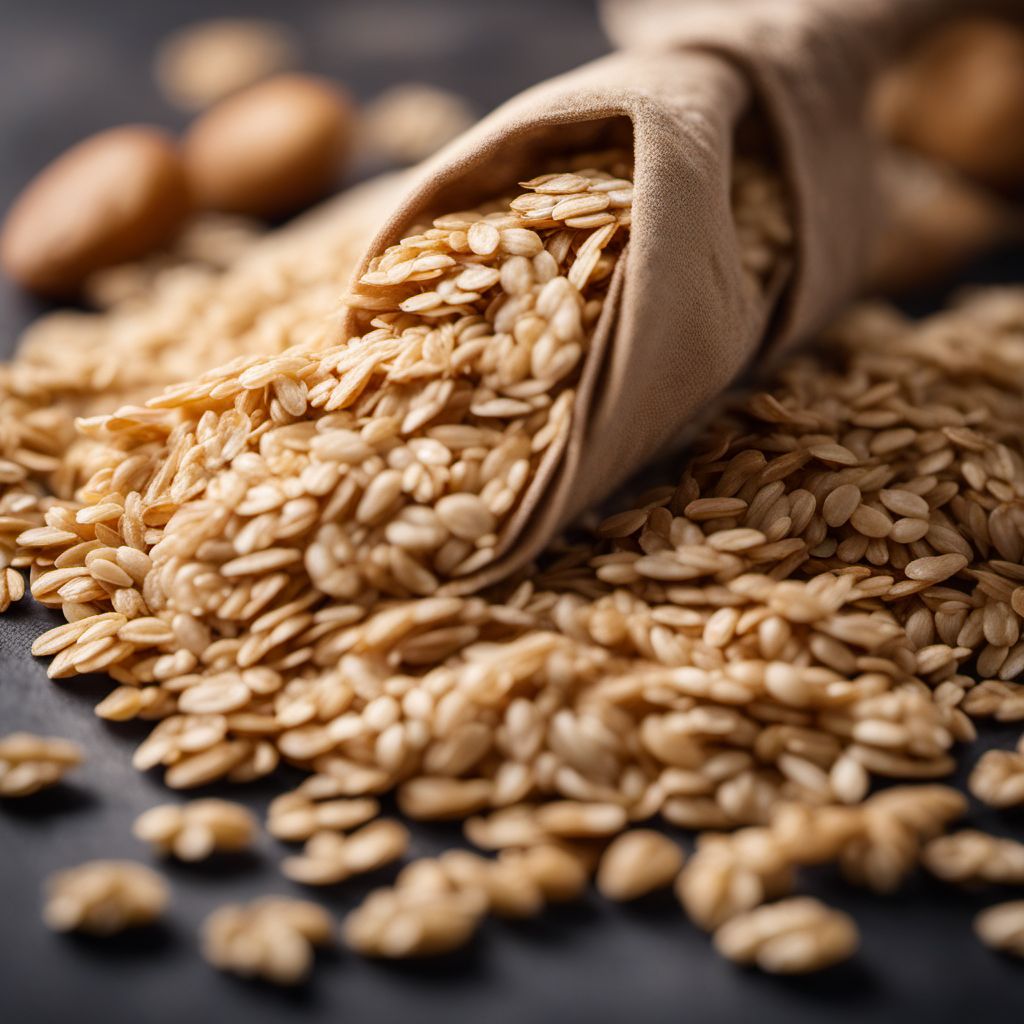
Ingredient
Oat rolled grains
Wholesome Oat Powerhouse
Oat rolled grains, also known as rolled oats or old-fashioned oats, are made by steaming and flattening whole oat groats. They have a slightly chewy texture and a nutty, earthy flavor. These grains are a staple in many cuisines and are commonly used in oatmeal, granola, cookies, and other baked goods.
Origins and history
Oats have been cultivated for thousands of years and have a rich history dating back to ancient civilizations. They were first domesticated in the Fertile Crescent and later spread to Europe and North America. Oats have long been valued for their nutritional benefits and were traditionally used as animal feed before becoming a popular human food.
Nutritional information
Oat rolled grains are a nutritional powerhouse, packed with fiber, vitamins, minerals, and antioxidants. They are an excellent source of complex carbohydrates, providing sustained energy. Oats are also known for their cholesterol-lowering properties and are often recommended for heart health. Additionally, they contain a good amount of protein and healthy fats.
Allergens
Oat rolled grains are naturally gluten-free, but cross-contamination can occur during processing. Individuals with gluten sensitivities or celiac disease should look for certified gluten-free oats to ensure they are safe to consume. It is always important to check the packaging for allergen information.
How to select
When selecting oat rolled grains, opt for packages that are tightly sealed and free from moisture or signs of insect infestation. Look for oats that have a uniform texture and color, without any discoloration or off odors. Consider purchasing organic or locally sourced oats for a higher quality product.
Storage recommendations
To maintain the freshness and quality of oat rolled grains, store them in an airtight container in a cool, dry place, away from direct sunlight and moisture. Proper storage will help prevent the oats from becoming rancid or attracting pests. If stored correctly, they can last for several months.
How to produce
Oat rolled grains can be grown by amateur gardeners in temperate climates. They require well-drained soil and regular watering. Sow the seeds in early spring and harvest when the oat heads have turned golden brown. The harvested oats can be dried and rolled at home using a rolling pin or a home grain mill.
Preparation tips
Oat rolled grains can be cooked on the stovetop by combining them with liquid, such as water or milk, and simmering until they reach the desired consistency. They can also be soaked overnight to reduce cooking time. Oats can be used as a base for various dishes, including oatmeal, overnight oats, granola, cookies, and bread. They can be flavored with spices, fruits, nuts, or sweeteners to create a personalized taste.
Substitutions
Quinoa flakes, barley flakes, or wheat flakes can be used as substitutes for oat rolled grains in recipes. However, keep in mind that the flavor and texture may vary slightly. For gluten-free options, consider using quinoa flakes or certified gluten-free oats.
Culinary uses
Oat rolled grains are incredibly versatile and can be used in a wide range of culinary applications. They are commonly used to make oatmeal, porridge, granola, muesli, cookies, muffins, bread, and other baked goods. Oats can also be ground into flour and used as a gluten-free alternative in recipes.
Availability
Oat rolled grains are widely available in grocery stores, health food stores, and supermarkets around the world. They are a staple in many households and can be found in the cereal aisle or in the bulk section. Additionally, they are often available for purchase online, providing easy access to this nutritious ingredient.
More ingredients from this category
Recipes using Oat rolled grains » Browse all
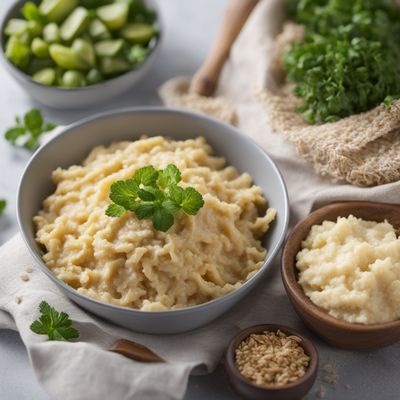
Traditional Irish Pratie Oaten
Hearty Irish Potato and Oatmeal Pancakes

Anzac Biscuits Recipe
Golden Delights: Anzac Biscuits with a Twist
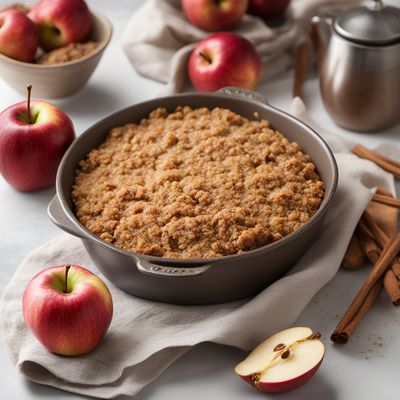
English Apple Crumble
Heavenly Apple Delight: A Twist on Traditional English Crumble
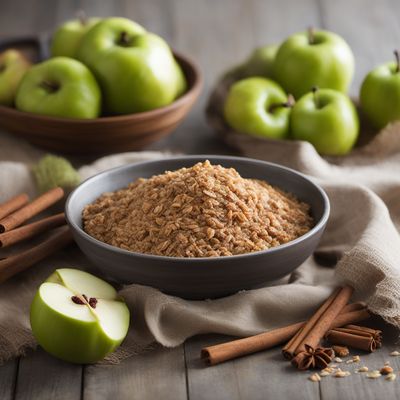
Tilslørte bondepiker with a Malay Twist
Malay-Inspired Apple Crumble
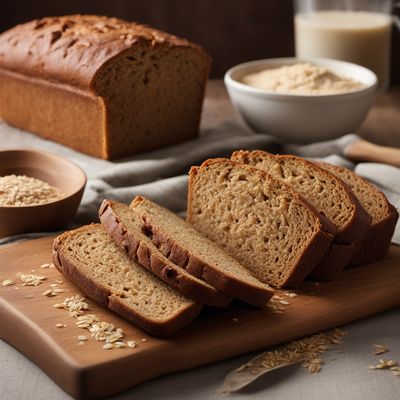
Channel Islands Brown Bread
Savour the Flavors of the Channel Islands with this Nutty Brown Bread
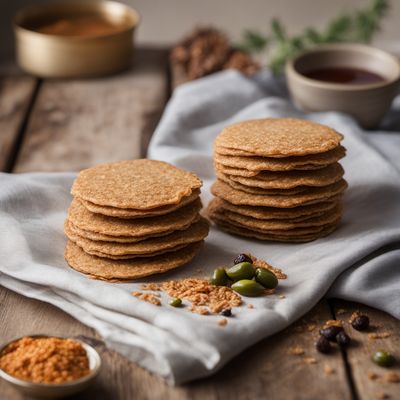
Leonese Oatcakes
Savory Leonese Oatcakes: A Traditional Delight with a Spanish Twist

Norwegian Oat Cookies
Scandinavian Delights: Irresistible Norwegian Oat Cookies
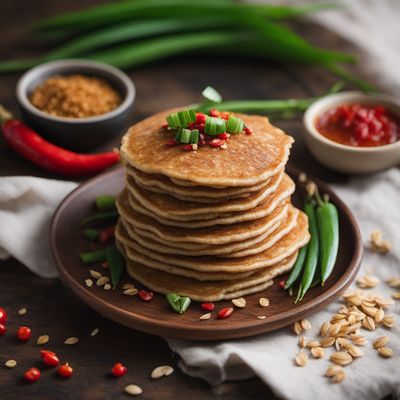
Lao-style Oatmeal Pancakes
Savory Oatmeal Delight: Lao-inspired Pancakes

Northern European Zlevanka
Hearty Oatmeal Bake: A Northern European Twist on Zlevanka
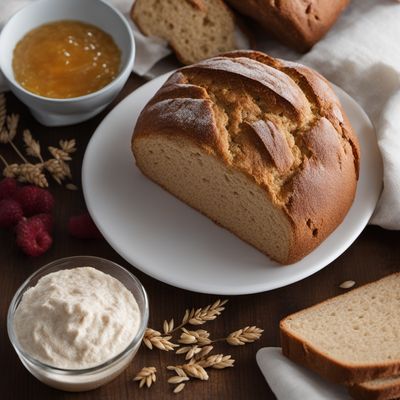
Irish Wheaten Bread
Hearty Irish Wheaten Bread: A Taste of Tradition

Icelandic-Inspired Creamy Oat Porridge
Nordic Morning Delight: Creamy Oat Porridge with a Twist
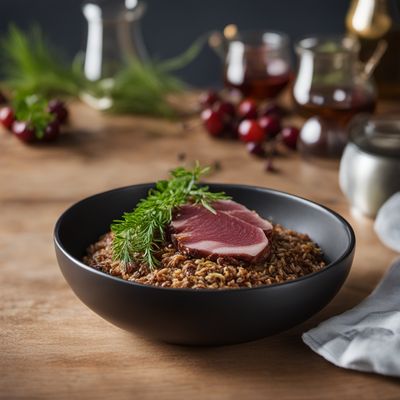
Baden-style Skirlie
Savory Baden Oatmeal Stuffing

